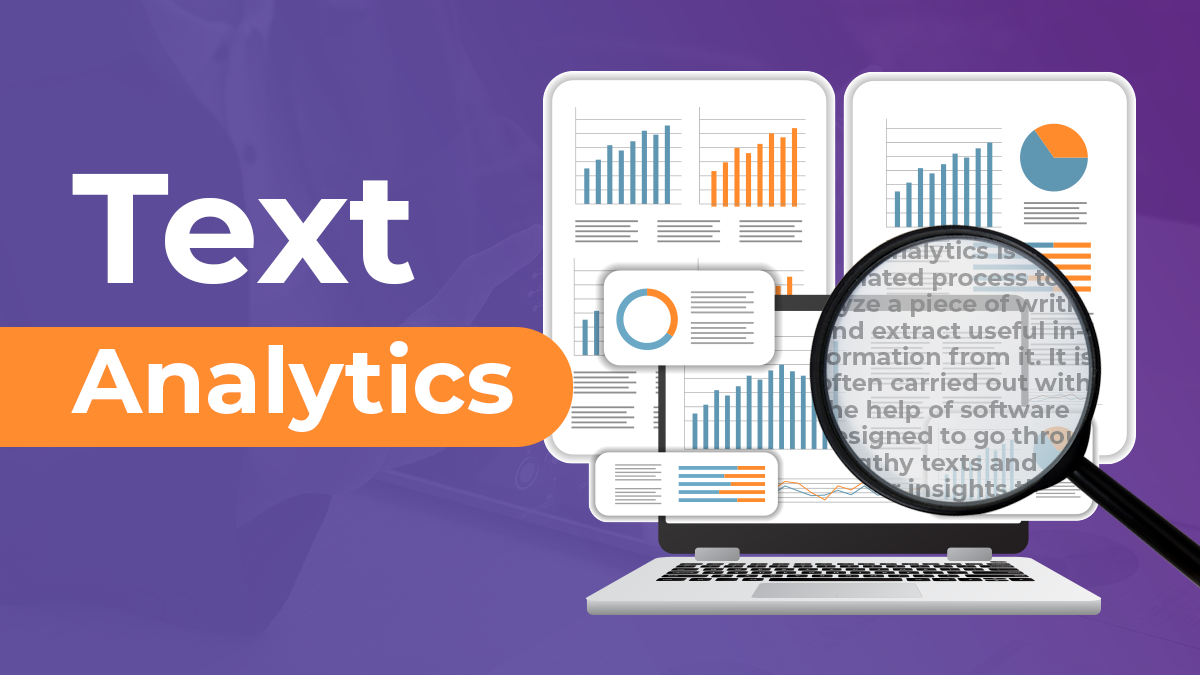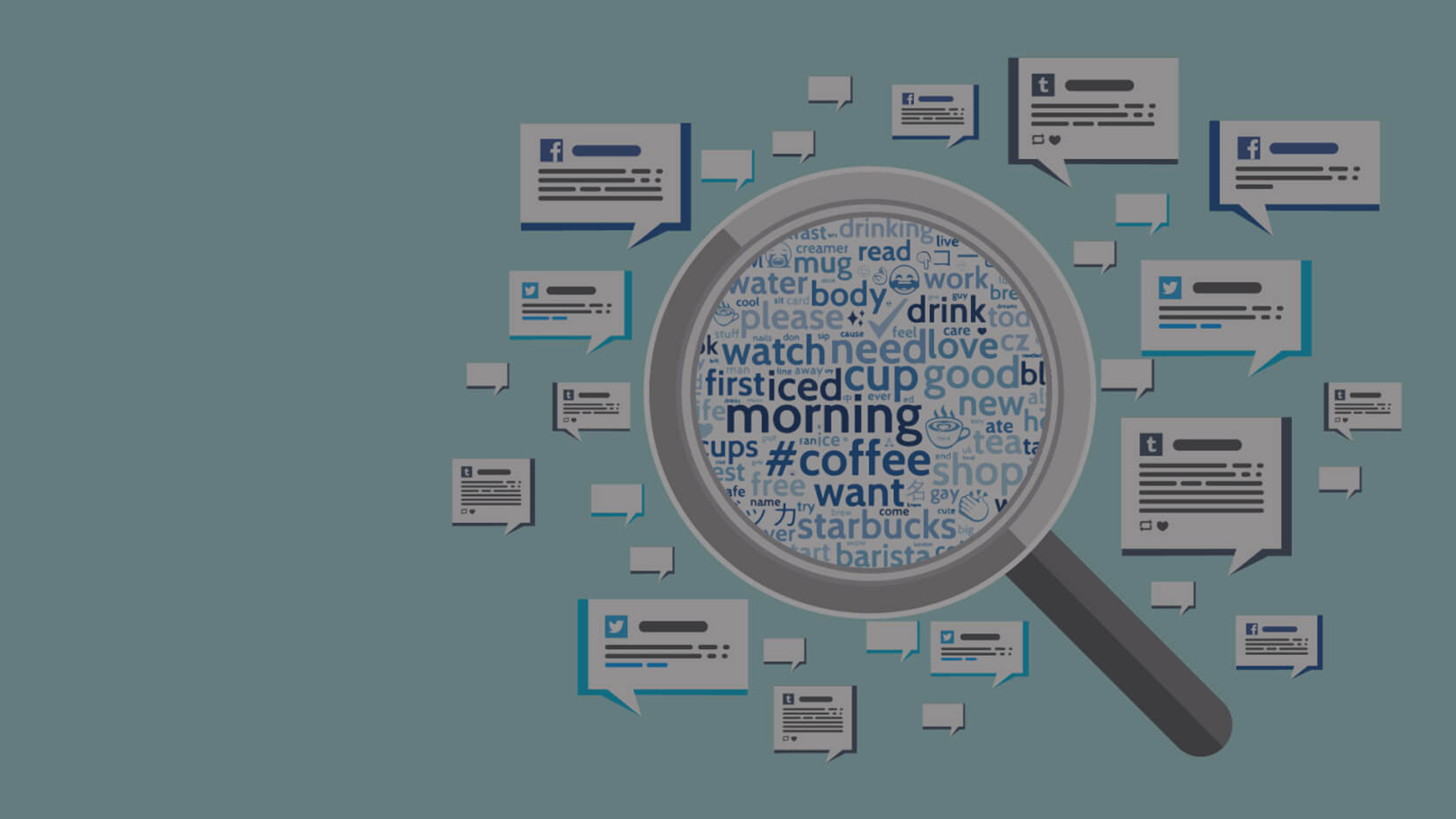Social Media Text Analytics is not just a buzzword; it’s a powerful tool reshaping how businesses understand and interact with their audience in the digital age. From deciphering sentiments to extracting valuable insights, this article dives into the intricacies of social media text analytics and its multifaceted applications.
Definition of Social Media Text Analytics

At its core, Social Media Text Analytics involves the use of specialized tools and technologies to analyze and interpret textual data from social media platforms. This process goes beyond mere word counts; it delves into the nuances of language, sentiments, and even the context in which words are used.
Importance in the Digital Age
In a world where digital interactions shape opinions and influence decisions, businesses cannot afford to overlook the wealth of information embedded in social media conversations. Social Media Text Analytics becomes the compass, guiding organizations through the labyrinth of online chatter.
How Social Media Text Analytics Works
1. Data Collection
The first step in social media text analytics is gathering data. This includes pulling text from various social media channels, ensuring a diverse and representative sample. The volume and diversity of data play a crucial role in the accuracy of the analysis.
2. Natural Language Processing (NLP)
Here’s where the magic happens. Natural Language Processing (NLP) is the engine driving social media text analytics. It enables machines to understand, interpret, and generate human-like text. From breaking down sentences to identifying entities, NLP is the backbone of meaningful analysis.
3. Sentiment Analysis
Beyond understanding the words, sentiment analysis categorizes opinions expressed in the text—whether positive, negative, or neutral. This aspect of social media text analytics allows businesses to gauge public perception and tailor their strategies accordingly.
Applications of Social Media Text Analytics
1. Brand Monitoring
Keeping a finger on the pulse of online conversations helps businesses monitor their brand image. Social text analytics detects mentions, evaluates sentiment, and provides actionable insights for brand management.
2. Customer Feedback and Engagement
Understanding customer sentiments is vital for improving products and services. Social text analytics sifts through customer feedback, identifying pain points and areas of satisfaction, and facilitating targeted engagement.
3. Market Research
Traditional market research methods are time-consuming. Social text analytics accelerates this process by swiftly analyzing vast amounts of data, offering real-time insights into market trends, consumer preferences, and competitor activities.
Tools and Technologies
1. Popular Analytics Tools
An array of tools, such as Brandwatch, AIM Insights, and Talkwalker, empowers businesses to harness the power of social text analytics. These platforms offer user-friendly interfaces and robust analytical capabilities.
2. Machine Learning in Text Analytics
Machine learning algorithms enhance the accuracy of social text analytics by continuously learning from patterns in data. This adaptive approach ensures that the analysis stays relevant in the dynamic landscape of online communication.
Challenges
1. Ambiguity in Text
Human language is inherently ambiguous. Sarcasm, metaphors, and nuances pose challenges for accurate analysis. Social text analytics grapples with deciphering these subtleties.
2. Handling Slang and Emojis
The use of slang and emojis adds another layer of complexity. Interpreting these elements accurately is essential for a nuanced understanding of the text.
3. Privacy Concerns
As businesses delve into the private conversations of individuals, ethical concerns arise. Striking a balance between insightful analysis and respecting user privacy is a perpetual challenge.
Benefits and Impact
1. Improving Business Strategies
Armed with insights from social text analytics, businesses can fine-tune their strategies, ensuring they resonate with their target audience and address emerging trends.
2. Enhancing Customer Experience
Understanding customer sentiments allows businesses to tailor their products and services to meet evolving expectations, ultimately enhancing the overall customer experience.
3. Driving Innovation
In the age of information, innovation is fueled by data. Social text analytics acts as a catalyst, providing the raw material for innovative solutions and strategies.
Future Trends
1. Advancements in Technology
As technology evolves, so does social text analytics. The integration of artificial intelligence and the development of more sophisticated NLP algorithms point towards a future of even more accurate and insightful analysis.
2. Evolving Analytical Techniques
The landscape of online communication is ever-changing. Social text analytics must adapt, incorporating new analytical techniques to effectively decode the evolving patterns of digital dialogue.
Best Practices
1. Data Security and Compliance
Amidst the sea of data, ensuring robust data security measures and compliance with privacy regulations is non-negotiable. Businesses must prioritize ethical data-handling practices.
2. Continuous Learning and Adaptation
The digital landscape is dynamic. Social text analytics is most effective when it embraces a culture of continuous learning, adapting to new linguistic trends and online behaviors.
Conclusion
In the dynamic world of social media, where every tweet and comment shape narratives, social text analytics emerges as the guiding light. From decoding sentiments to predicting trends, its impact on businesses is profound. As we navigate the digital future, embracing the power of social media text analytics is not an option; it’s a necessity.
Unlock the Power of Social Media Text Analytics! Request a demo from AIM Technologies today and revolutionize how you understand and leverage your digital presence.
FAQs
What is Social Text Analytics?
- Social Text Analytics is the process of using specialized tools and technologies to analyze and interpret textual data from social media platforms. It goes beyond word counts, delving into language nuances, sentiments, and context.
How does NLP contribute to text analytics?
- Natural Language Processing (NLP) is the engine driving social text analytics. It enables machines to understand, interpret, and generate human-like text, forming the backbone of meaningful analysis.
Can social text analytics predict trends?
- Yes, social text analytics can predict trends by analyzing patterns and sentiments expressed in textual data, providing valuable insights into emerging topics and preferences.
Are there ethical concerns with text analytics?
- Yes, ethical concerns arise with text analytics, especially regarding privacy. Striking a balance between insightful analysis and respecting user privacy is a perpetual challenge.
How can businesses implement social text analytics effectively?
- Businesses can implement social text analytics effectively by using popular analytics tools, embracing machine learning, and adhering to best practices such as data security and continuous learning.




